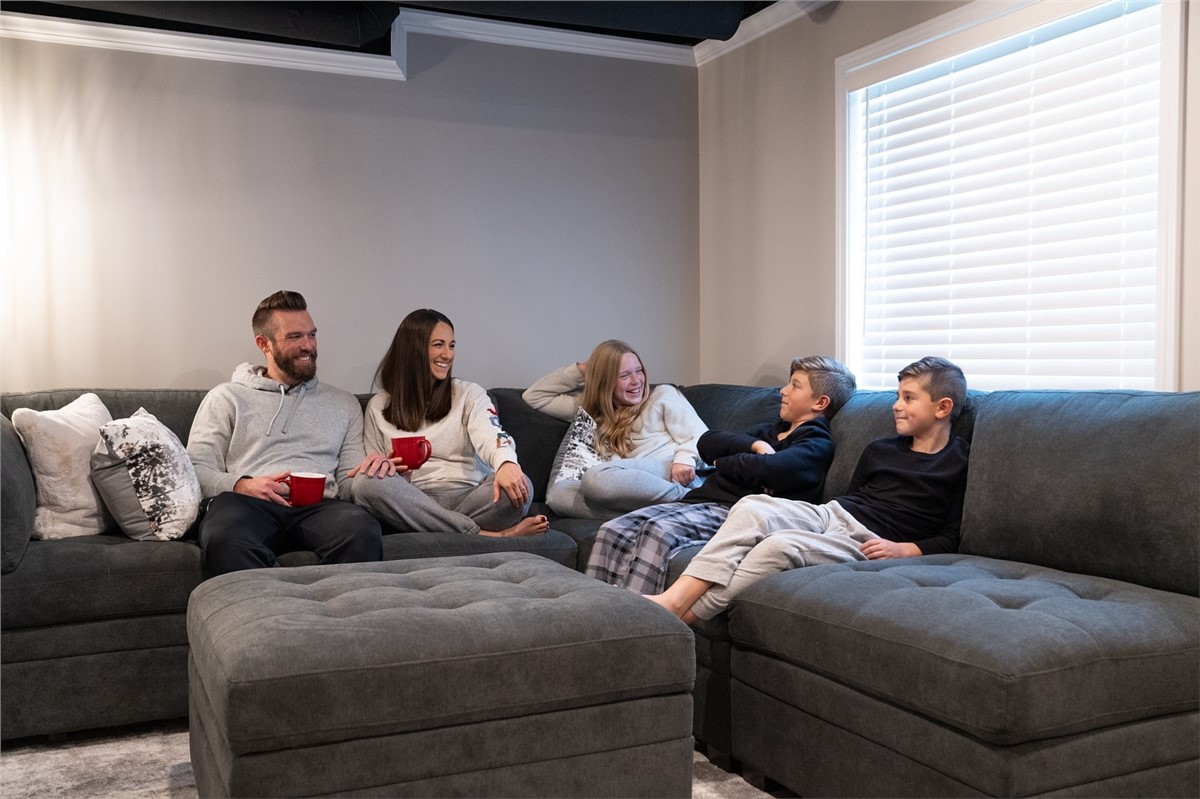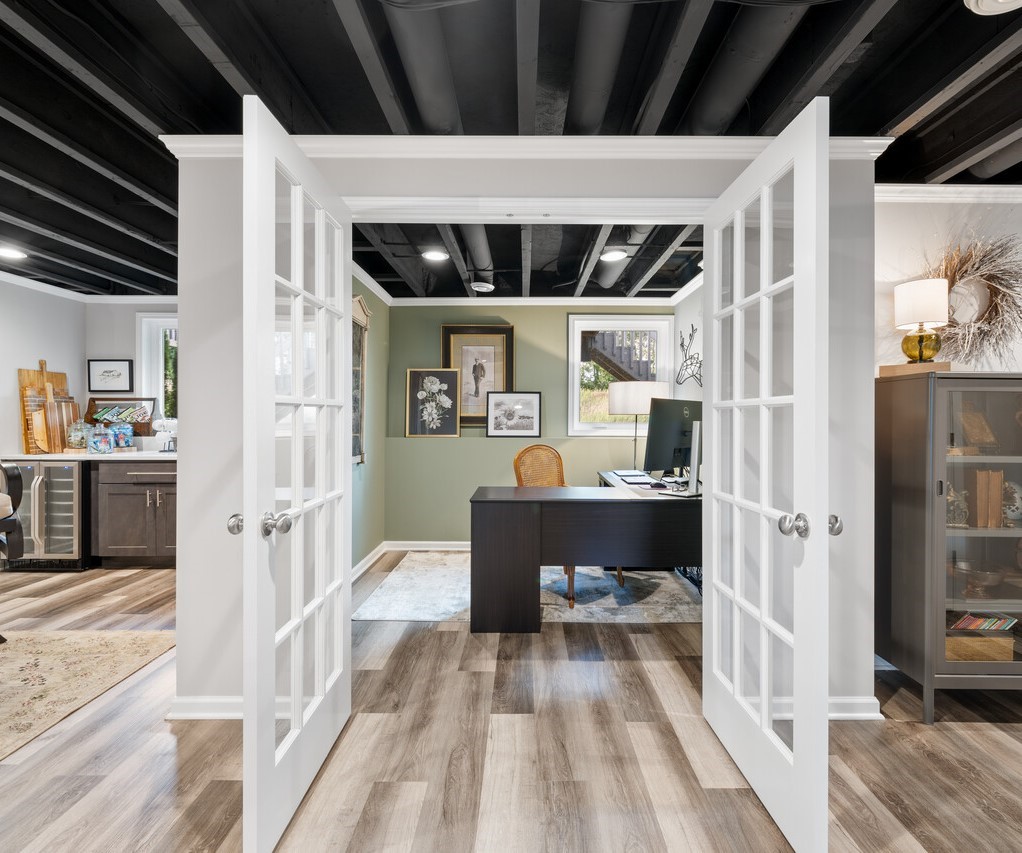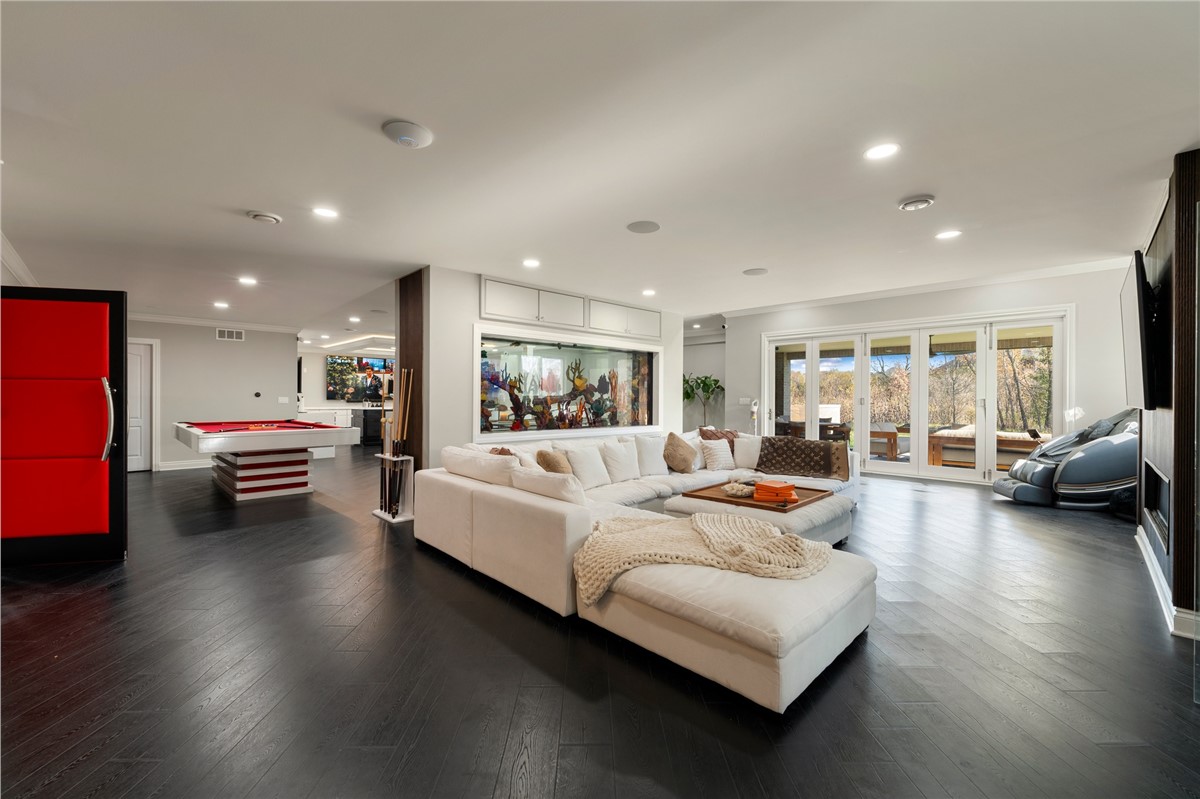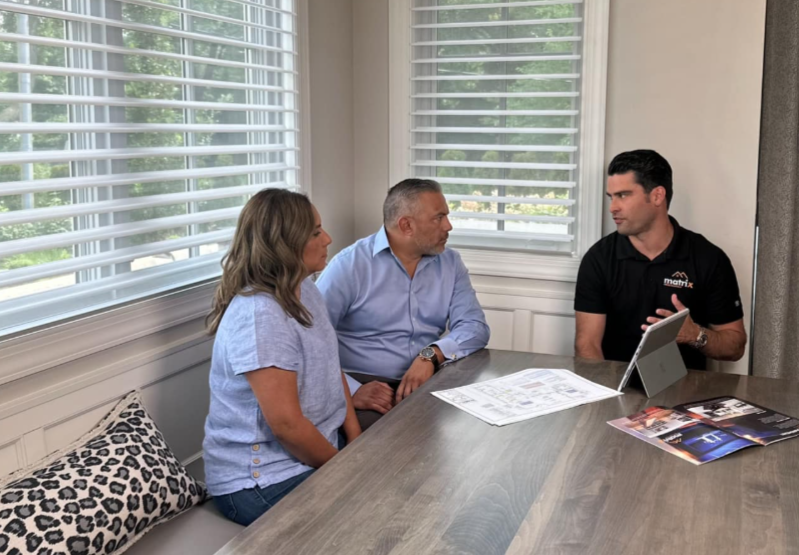Traditionally, basements are simply designed to serve as storage spaces for some of the home's essential appliances. However, more and more people have begun converting them into functional living spaces - and the walkout basement tends to be the style that lends itself best to such purposes. In this post, we'll cover everything you need to know about walkout basements.
Walkout Basements 101: What You Need to Know
Walkout basements are just what they sound like. Also known as a "daylight basement," these venues don't fully sit below ground as a conventional basement does. In fact, some or all of the basement is level with the ground and likely features open windows to allow more light inside and an access point to outside. If your home has a slope to its yard, then it likely has or could support a walkout basement.
Conventional basements can have windows and doors. However, the windows are likely block windows near where the foundation meets the ground. And any doors tend to lead to stairs that people must take to get up to ground level. Walkout basements offer these features at the ground level, allowing for easy access and extending the functional living space of the property. In the next section, we'll get into some of the key benefits of walkout basements.
Key Benefits of Walkout Basements
Walkout basements are trending now due to the plethora of benefits they offer to homeowners. Here's a look at some of them:
Easily Accessible
Walkout basements offer an additional entry and exit point to the home, making it much easier to move furniture or other items in and out of the space, rather than having to carry items up and down the stairs from the main floor to the basement as would be the case in a conventional property. This additional entry and exit point also helps enhance safety, allowing for an easy escape to the outside if there's ever an emergency inside the house and residents need to evacuate quickly.
More Welcoming Space
A conventional basement's primary purpose is to provide a spot to house the furnace, hot water heater and other appliances. In other words, while many people have taken to finishing their basements, it was not initially designed to be an extension of the home's living space. Walkout basements are different in that they're welcoming and are more purpose-designed to become additional living spaces. The open windows help bring more natural daylight in to create an ambiance that's similar to the living room or family room on your main level. This allows walkout basements to truly serve as additional living space or be converted into home offices, spare rooms, in-law suites and more.
Less Likely to Have Water Intrusion Issues
While all basements or lower levels are susceptible to water intrusion, walkout basements tend to be far less problematic. This is largely due to the fact that they're built on homes with a sloped backyard - and this slope often runs away from the foundation, which carries any water or rainfall away with it. In a conventional basement, all four walls of the basement are below grade, whereas in a walkout basement at least one wall is level with the ground.
Is My Home Right for a Walkout Basement?
Not every home is a good fit for a walkout basement. As we noted above, walkout basements are best for homes that feature natural slopes in the land. Additionally, foundations need to have the right footing to adequately support a walkout basement. For property owners that want to add a walkout basement and don't have a sloped yard, they'll likely need a large enough yard to account for changes in the grade.
Contact Matrix Basement Systems Today
For more information about adding a walkout basement or finishing an existing walkout basement, contact Matrix Basement Systems today.
Tags
Subscribe to Matrix Basements's Blog







Comments